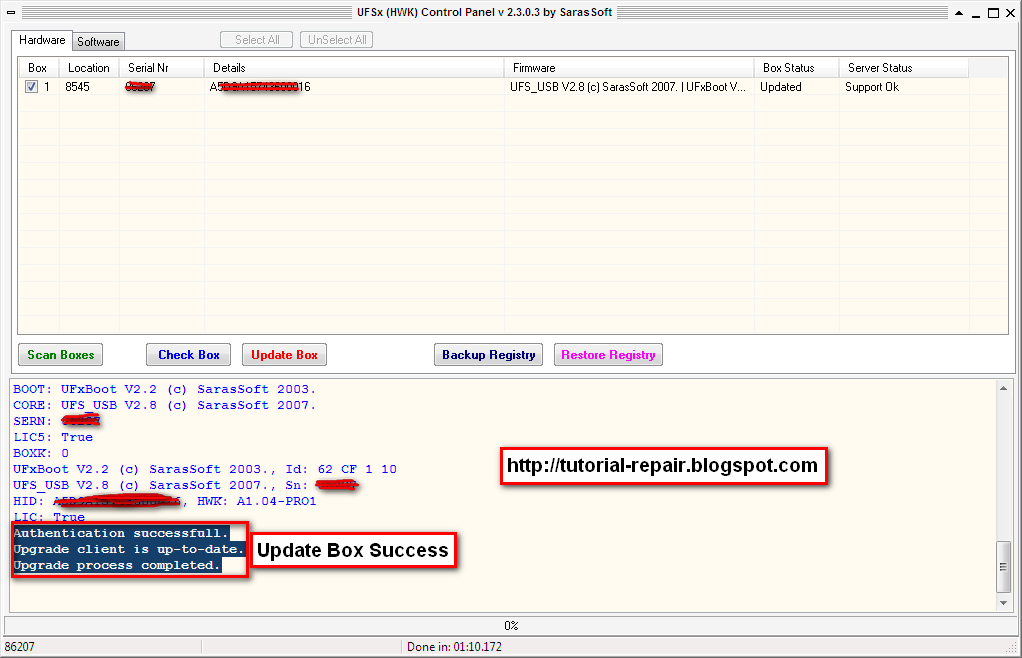
The most notable clinical finding is a swelling which appears at the site of a previous vaccination or injection, usually in the interscapular space, but sometimes on the hindlimb, flank or over the scapula. However there have been no significant differences found between the incidence of tumours using adjuvanted or non-adjuvanted vaccines. The role of adjuvants in the development of the tumour has been the subject of much speculation, and aluminium, which is commonly used in adjuvants, has been found in vaccine-induced fibrosarcomas.

This later evolves into an aggressive tumour. The pathogenesis of the disease is thought to be that the localised inflammatory response elicited by certain vaccines may lead to uncontrolled fibroblast and myofibroblast proliferation in susceptible cats. Most tumours arise within a few months, however the process may take years in some cats. The likelihood of sarcoma development increases with the number of vaccines administered in one anatomical location. The vaccines most often implicated in tumour development are the FeLV and the Rabies vaccines. The incidence of vaccine-associated sarcomas is difficult to estimate, however figures of 1 in 1000 to 1 in 10,000 vaccines administered have been reported. Current thought suggests that it is not only certain types of vaccines, but also any injection which produces localised inflammation which can lead to the development of sarcomas in genetically predisposed and susceptible cats. The cumulative results from the two challenges shall be evaluated for acceptance as specified in paragraph (b)(3)(v) of this section.Since 1992, an association between certain types of feline vaccines and the development of connective tissue tumours has been recognised. If one or more of the vaccinates die from rabies, all the remaining vaccines, regardless of titer, along with the five controls shall be challenged. All of the challenged vaccinates must remain well for a period of 90 days, and at least 80 percent of the controls must die of rabies for a satisfactory test without further challenge. All SN titers shall be titrated to an endpoint. At least five SN-negative controls of each species shall be challenged at the same time as the vaccinates. These shall include five vaccinates with the lowest SN titers at the 270th-day bleeding, five vaccinates with the lowest SN titers at the 365th-day bleeding, and all vaccinates with SN titers below 1:10 by the mouse SN test or below 1:16 by the rapid-fluorescent-focus-inhibition test at any bleeding. Vaccinates shall be challenged at 1 year postvaccination. (4) An alternative to challenging all surviving test animals in accordance with paragraph (b)(3)(iv) of this section may be used when the test animals are of species other than carnivores. For information on the availability of this material at NARA, call 20, or go to. Box 844, Ames, IA 50010, or at the National Archives and Records Administration (NARA).

Copies may be inspected at the Animal and Plant Health Inspection Service, Center for Veterinary Biologics, Policy, Evaluation, and Licensing, 1920 Dayton Avenue, P.O. Copies may be obtained from the World Health Organization Publications Center USA, 49 Sheridan Avenue, Albany, NY 12210.

This incorporation by reference was approved by the Director of the Federal Register in accordance with 5 U.S.C.

In the United States, that authority is the Animal and Plant Health Inspection Service's Center for Veterinary Biologics Laboratory, located at 1920 Dayton Avenue, P.O. These provisions state that the challenge virus standard to be used as the challenge in the NIH test and the reference vaccine for the test are available from the national control authority. The provisions of chapter 37 of “Laboratory Techniques in Rabies,” Fourth Edition (1996), are the minimum standards for achieving compliance with this section and are incorporated by reference. Koprowski, World Health Organization, Geneva, Switzerland (ISBN 92 4 154479 1). A mean relative potency value of the vaccine to be used in the host animalpotency test must be established by at least five replicate potency tests conducted in accordance with the standard NIH test for potency in chapter 37 of “Laboratory Techniques in Rabies,” Fourth Edition (1996), edited by F.X. (1) The preinactivation virus titer must be established as soon as possible after harvest by at least five separate virus titrations.


 0 kommentar(er)
0 kommentar(er)
